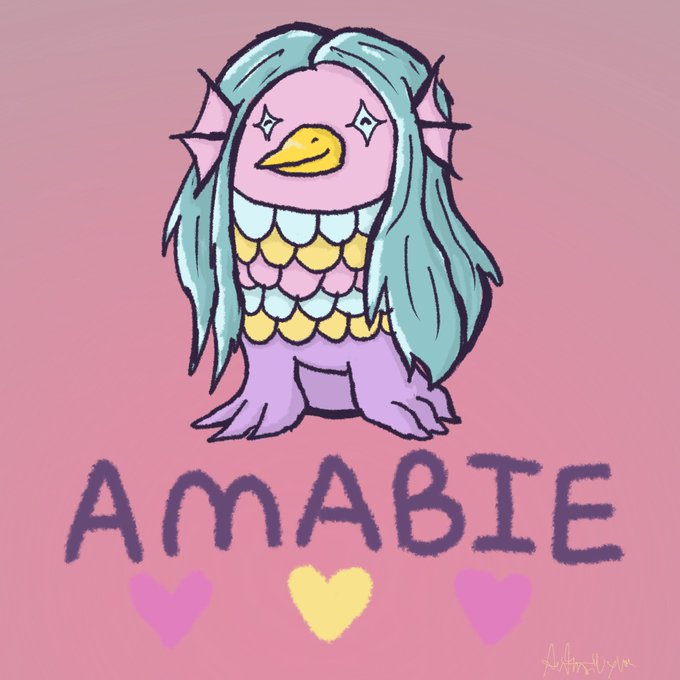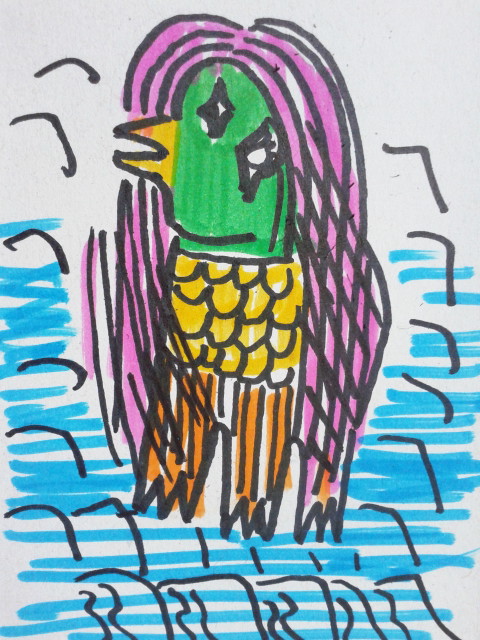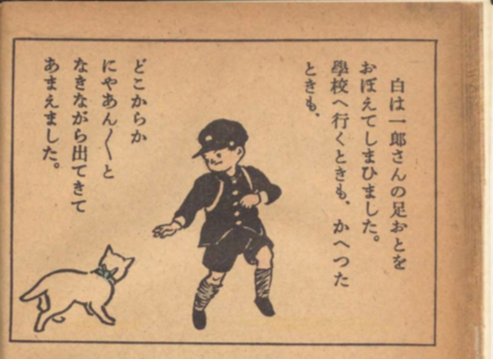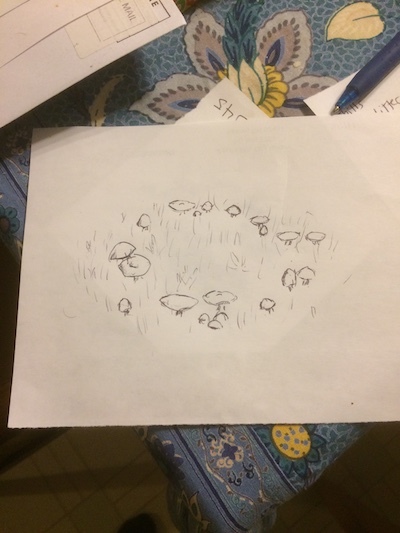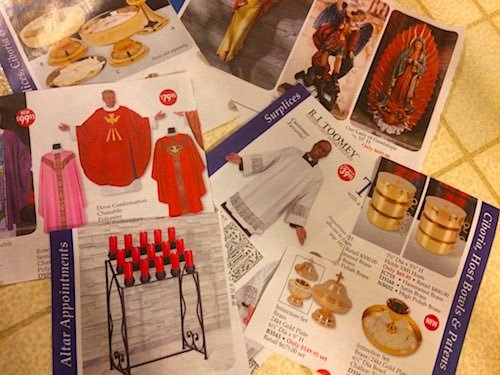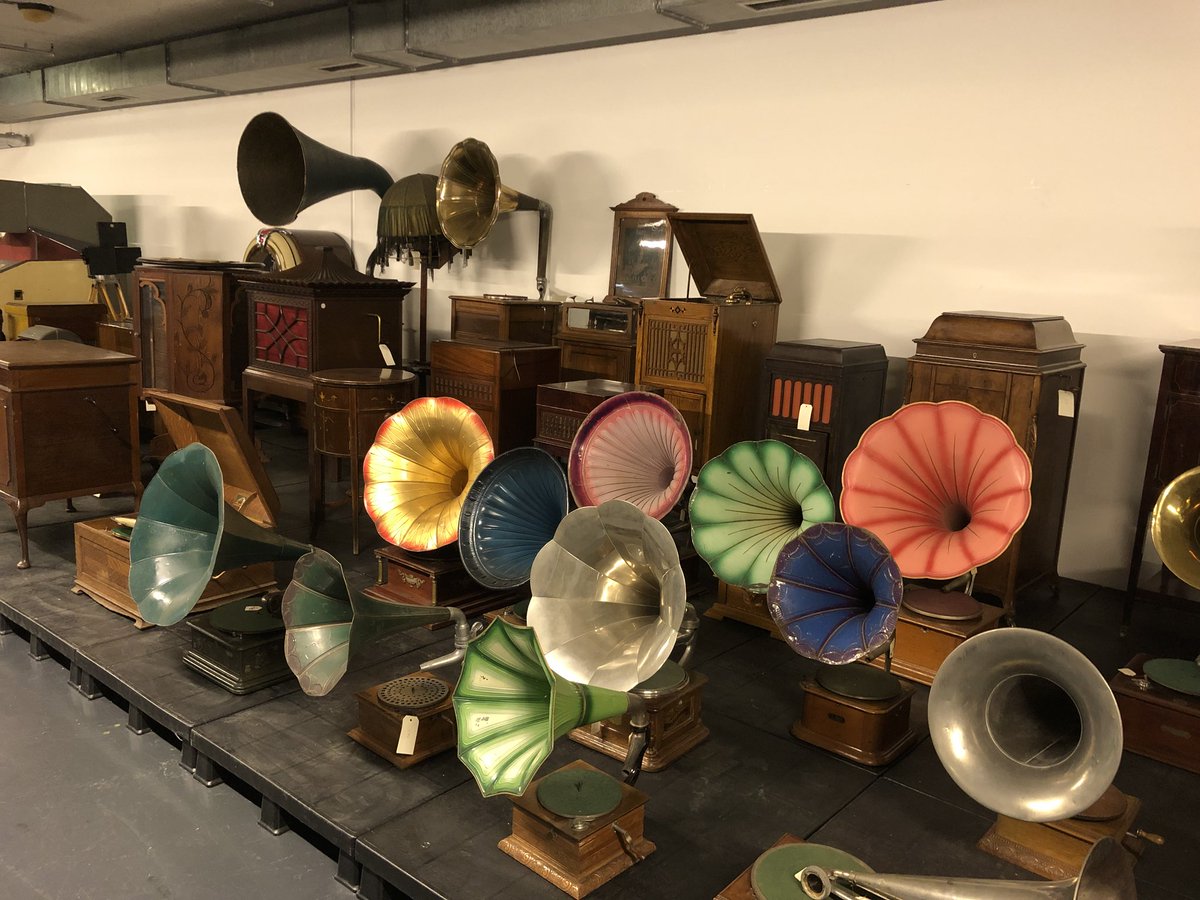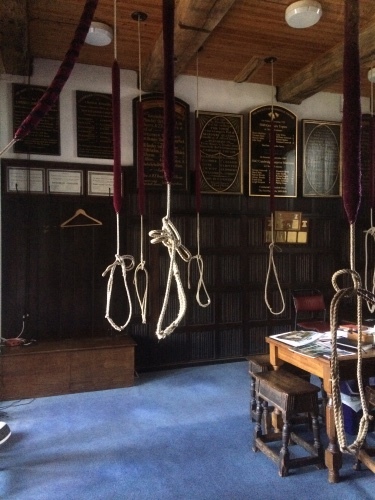Blurb in Japanese v. blurb in English
Sep. 26th, 2020 05:09 pmI thought I'd translate the blurb of the original Japanese edition of The Memory Police, originally titled, 密やかな結晶 (hisoyaka na kesshō; The Hidden Crystal/The Secret Crystal), to show how the story was pitched when originally published, in its original language. Wakanomori checked it over and offered some good corrections.
... The translation is still pretty stilted. But you get the idea. "Dangerous" is the only word that even hints at the memory police!
Whereas, here's the tagline on the English-language book:
A haunting Orwellian novel about the terrors of state surveillance
Here's the back cover copy:
To be fair, that last paragraph gets at more of what the book's like. But as![[personal profile]](https://www.dreamwidth.org/img/silk/identity/user.png) troisoiseaux points out, if you go into the novel expecting "An Orwellian novel about the terrors of state surveillance," you will likely be at the very least confused.
troisoiseaux points out, if you go into the novel expecting "An Orwellian novel about the terrors of state surveillance," you will likely be at the very least confused.
『妊娠カレンダー』の芥川賞作家が澄明 に描く人間の哀しみ。記憶狩りによって消滅 が静かにすすむ島の生活。人は何をなくしたのかさえ思い出せない。何かをなくした小説ばかり書いているわたしも、言葉を、自分自身を確実に失っていった。有機物であることの人間の哀しみを澄んだまなざしで見つめ、現代の消滅、空無への願望を、美しく危険な情況の中で描く傑作長編
Human sadness, clearly portrayed by the Akutagawa Prize–winning author of Ninshin Karenda– [English-language edition title: Pregnancy Diary]. Daily life on an island where extinguishment peacefully advances through the harvesting of memories. People can't even remember what it is they've lost. The protagonist, who does nothing but write novels, is definitely losing her words and her very self. This masterwork casts its clear gaze on the sadness of human beings, who are mortal, and beautifully portrays the extinctions of the present age and the longing for nonbeing in dangerous circumstances.
... The translation is still pretty stilted. But you get the idea. "Dangerous" is the only word that even hints at the memory police!
Whereas, here's the tagline on the English-language book:
A haunting Orwellian novel about the terrors of state surveillance
Here's the back cover copy:
On an unnamed island off an unnamed coast, objects are disappearing: first hats, then ribbons, birds, roses—until things become much more serious. Most of the island's inhabitants are oblivious to these changes, while those few imbued with the power to recall the lost objects live in fear of the draconian Memory Police, who are committed to ensuring that what has disappeared remains forgotten.
When a young woman who is struggling to maintain her career as a novelist discovers that her editor is in danger from the Memory Police, she concocts a plan to hide him beneath her floorboards. As fear and loss close in around them, they cling to her writing as the last way of preserving the past.
A surreal, provocative fable about the power of memory and the trauma of loss, The Memory Police is a stunning new work from one of the most exciting contemporary authors writing in any language.
To be fair, that last paragraph gets at more of what the book's like. But as











